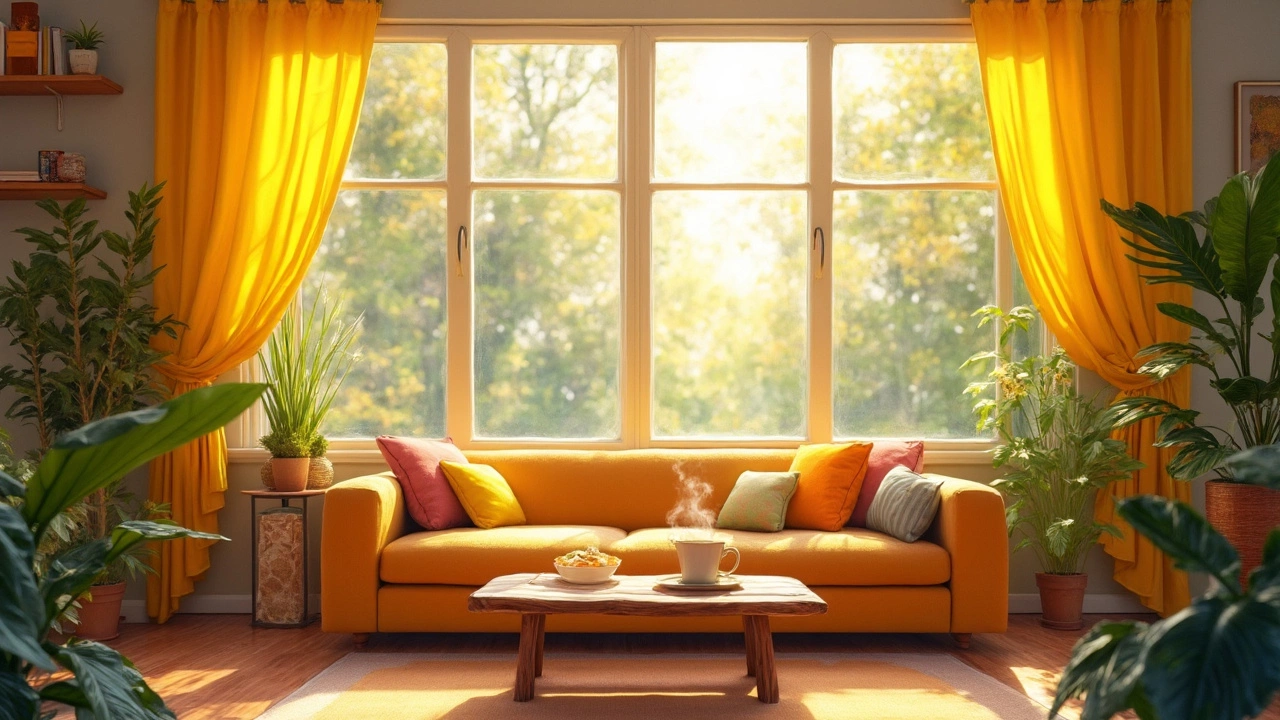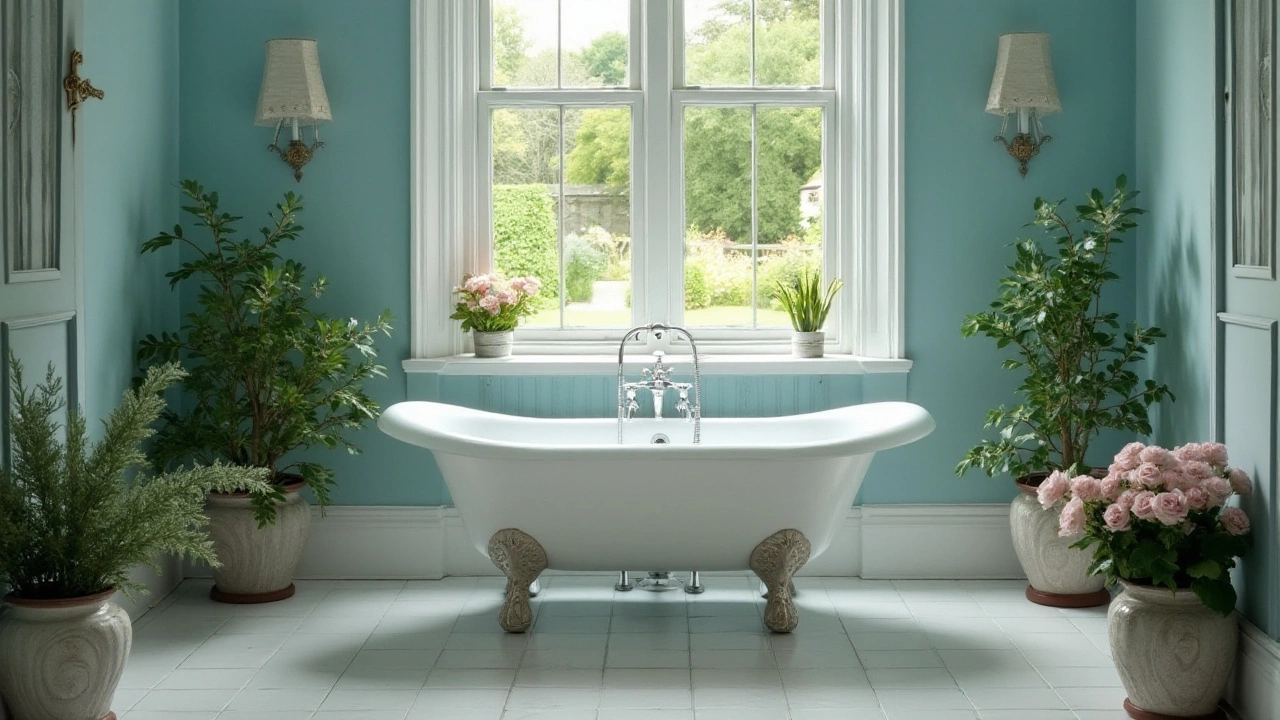Color Psychology: Using Colours to Shape Mood and Space
Ever notice how a blue wall feels calming while a red accent pumps up energy? That’s colour psychology at work. In everyday life, the shades you pick for walls, flooring, cushions, and even tiny accessories can change how a room feels and how you act inside it.
When you step into a room, your brain reacts instantly to the colour palette. Warm tones like orange and yellow raise heart rate and create a social vibe, perfect for kitchens or living rooms where people gather. Cool tones such as green and teal slow things down, making them great for bedrooms or study areas where concentration matters.
Why Colours Matter in Home Design
Colour isn’t just about looks; it also links to comfort and functionality. A dark hardwood floor can make a large room feel cozier, while a light‑coloured vinyl plank opens up a cramped space. The same principle works for scatter cushions – bright cushions on a neutral sofa add a pop of energy without overwhelming the eye.
Even small decisions have big impacts. A navy accent wall behind a TV can reduce eye strain, while a light grey ceiling can make a high ceiling seem lower and more intimate. The key is matching the colour’s psychological effect with the room’s purpose.
Practical Colour Tips for Every Room
Living room: Choose a base colour that feels welcoming – think warm greys or soft beiges. Add one or two bold cushions in reds or oranges to spark conversation. If you want a sleek look, go for a neutral floor like luxury vinyl plank and let the cushions do the colour work.
Bedroom: Aim for calm. Light blues, gentle greens, or muted lavenders lower stress and improve sleep. Keep the floor light – a pale engineered hardwood or light carpet helps the room feel airy. Add texture with plush cushions or a cozy throw, but stick to soft, soothing shades.
Kitchen: Energy is welcome here. Yellow, muted orange, or even a fresh green backsplash can lift moods while you cook. Darker floors hide spills, so a charcoal or espresso laminate works well. Pair with bright countertop accessories for a balanced look.
Bathroom: Small spaces benefit from bright, clean colours. Soft whites or pale aqua make tiles feel larger. If you love a splash of drama, incorporate a darker vanity or a bold towel set. Keep flooring light and waterproof – a light‑coloured vinyl floor keeps the space feeling fresh.
Beyond walls and floors, remember that lighting changes colour perception. Natural light shows true colour, while warm bulbs add a golden hue. Test paint swatches at different times of day to see how they behave.
Finally, trust your gut. If a colour makes you smile, it probably does the job. Mix and match until the space feels right for you. Colour psychology isn’t a rigid rule; it’s a tool to help you create rooms that support how you want to feel.
Use these tips when picking paints, flooring, or accessories, and you’ll see how a simple hue can turn a plain room into a place that works for you.
What Are the Two Happiest Colors?
- Gavin Whitaker
- |
- |
- 0
Colors can transform a space and affect our mood. Discover why yellow and green are considered the happiest colors for curtains and how they can bring positivity into your home. Explore color psychology, practical tips, and creative curtain ideas to enhance your living space with these joyful hues. Make your home a happier place without breaking the bank.
View moreChoosing the Perfect Relaxing Bathroom Color for Serenity
- Gavin Whitaker
- |
- |
- 0
Creating a serene and calming space in your bathroom can be greatly influenced by the color you choose. Understanding the psychology behind colors like soft blues, greens, and whites can help you craft a relaxing haven. Consider the influence of lighting and how different shades can alter the overall feel of the space. Explore ways to incorporate these colors into various bathroom elements, from walls to accessories. This article provides tips on achieving the ultimate relaxation experience in your bathroom by selecting the best color palette.
View more
